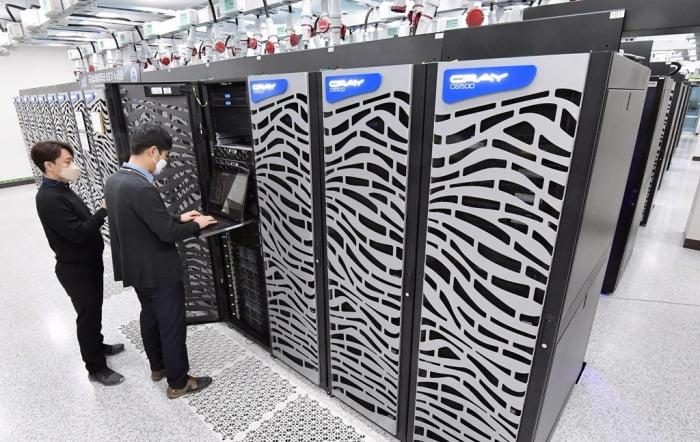
Fugaku Next: Japan to Begin Construction of World’s First Zeta-Class Supercomputer
Fugaku Next: Japan to Begin Construction of World’s First Zeta-Class Supercomputer
Japan is poised to revolutionize the computing world with the launch of the first-ever “zeta-class” supercomputer, a groundbreaking project set to begin construction next year. This machine, expected to be operational by 2030, will be 1,000 times faster than today’s most advanced supercomputers.
A New Era: From ExaFLOPS to ZetaFLOPS
Japan’s Ministry of Education, Culture, Sports, Science, and Technology (MEXT) announced on August 28 that the forthcoming supercomputer will operate at zetaFLOPS speeds, representing an unprecedented leap in computational power.
Currently, the world’s most powerful supercomputers run at exaFLOPS levels, capable of performing over one quintillion (1 followed by 18 zeros) calculations per second. In comparison, a zetaFLOPS machine will handle one sextillion (1 followed by 21 zeros) calculations per second, dramatically expanding the potential for solving the world’s most complex AI and scientific challenges.
This marks Japan’s strategic push to stay ahead in the rapidly evolving field of artificial intelligence (AI). The country views this leap in computational capability as essential to maintaining leadership in AI-driven scientific research.
Successor to Fugaku: Fugaku Next
The new supercomputer, tentatively named “Fugaku Next,” will follow in the footsteps of Japan’s current high-performance supercomputer, Fugaku. Launched in 2020, Fugaku was the world’s fastest supercomputer until it was overtaken by the U.S. Frontier system in 2022.
Fugaku Next will be developed by RIKEN and Fujitsu, the same companies responsible for its predecessor. While specific technical details remain scarce, it is expected that the new machine will incorporate advanced components from Fujitsu to ensure compatibility with existing systems.
Challenges and Energy Efficiency
One of the most significant challenges in building a zeta-class supercomputer is energy efficiency. According to a report from HPCwire, constructing a machine of this magnitude using current technology would require an enormous energy supply, roughly equivalent to the output of 21 nuclear power plants.
This energy demand presents a considerable hurdle for engineers tasked with ensuring that Fugaku Next is both powerful and energy-efficient.
Financial Commitment and Timeline
Japan is investing heavily in this project, with MEXT allocating ¥4.2 billion ($29 million) for the first year of development. The total cost is projected to reach ¥110 billion ($761 million) by the time the supercomputer is completed. Japan aims to have Fugaku Next fully operational by 2030, potentially becoming the most powerful supercomputer in the world if no other nation develops a zeta-class machine first.
The zeta-class supercomputer promises to push the boundaries of scientific research and technological innovation, reinforcing Japan’s standing as a global leader in AI and high-performance computing.




